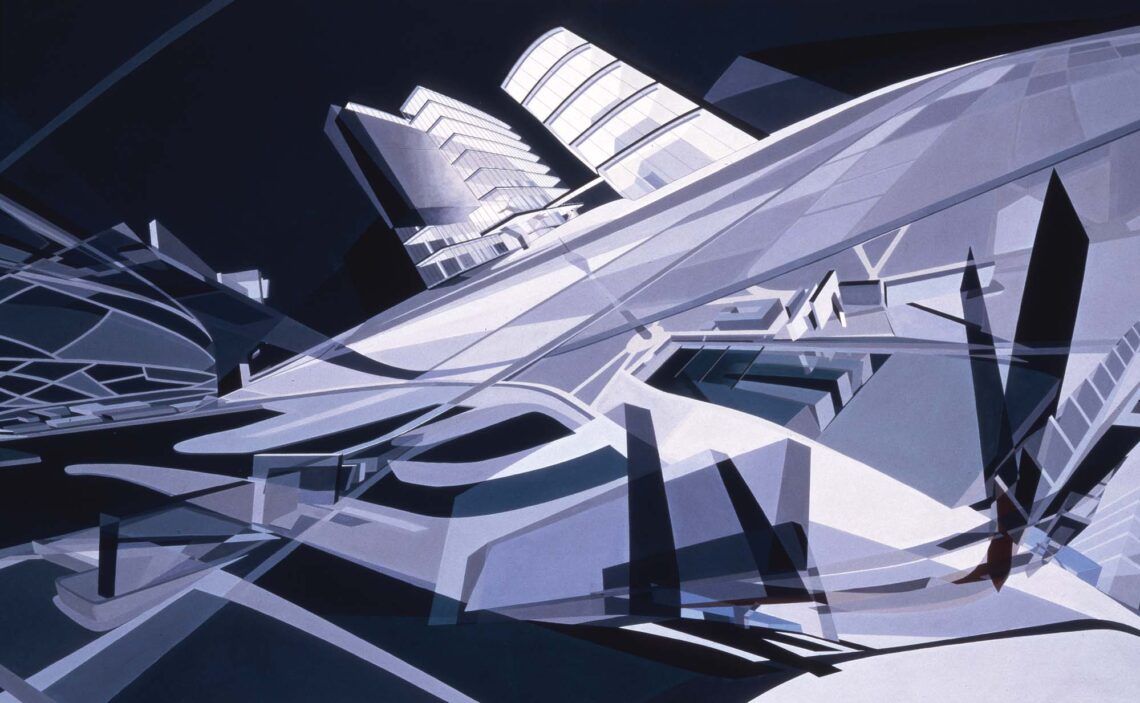
Everything you need to know about avant-Garde architecture
Similar to modernism, Avant-garde architecture is a unification of art with life. Starting in the 19th to 20th century, it was rather disruptive, radical and controversial, fighting against consensus and looking for disruption. Taken literally, the avant-garde refers to the front of a marching army, the scouts that first head into unknown territory. Today, this form of artistic and architectural style radicalises the basic principle of modernity: the urge toward continual change and development.
Origins of Avant-Garde architecture
Political, economic and socialist theorist Henri de Saint-Simon was the first one who drew the analogy between radical art practices and an advancing military formation: “We artists will serve you as an avant-garde, the power of the arts is most immediate: when we want to spread new ideas we inscribe them on marble or canvas. What a magnificent destiny for the arts is that of exercising a positive power over society, a true priestly function and of marching in the van [i.e. vanguard] of all the intellectual faculties!”

French for “advanced guard,” this phrase was originally used to denote the vanguard of an army and first applied to art in France in the early 19th century following Saint-Simon’s analogy. The term refers to any artist, movement, or artwork that breaks with precedent and is regarded as innovative and boundaries-pushing. Because of its radical nature and the fact that it challenges existing ideas, processes, and forms, avant-garde art has often been met with resistance and controversy.
Its aesthetics
This form of architecture has been described as progressive in terms of its aesthetics. It is considered as a stream within modernism – and sometimes gets mixed up with it – that is anti-elitist and open to the “contamination of mass culture.” Furthermore, it is noted for covering a broad range of aesthetic and political spectrum – being associated with the liberal left yet also cited as apolitical, right-wing and conservative in its politics and principles.

The aesthetics of avant-garde is drawn from the idea of integration of life and art. In the De Stijl Manifesto V, it was stated that art and life are not separate domains, hence, the argument that art is not an illusion or disconnected from reality. This view pushed for the construction of an environment that is according to the creative laws derived from a fixed principle.
Le Corbusier, a prominent Swiss-French architect and designer conceptualised this form of architecture as constructed for the pleasure of the eye which comes with “inner cleanness, for the course adopted leads to a refusal to allow anything at all which is not correct, authorised, intended, desired or thought-out.”
Historical context and relation to modernism
Avant-gardism has traditionally found its stronghold in literature and the arts, with architecture playing a less prominent role in this regard. Despite this, there has been a tendency to align the Modern movement with the avant-garde in architecture. However, Burger’s theoretical refinement prompts a reevaluation of this oversimplified association. His work underscores the importance of distinguishing between the historical avant-garde, predating World War II, and the neo-avant-garde, a more contemporary phenomenon.
The core principles that drove the Modern movement in architecture were undeniably linked to the avant-garde’s ethos of demolishing the old to make way for the new. Rejecting the bourgeois culture of superficial ornamentation and kitsch, epitomised by eclecticism, the movement championed purity and authenticity.
By the 1920s, these principles took on a distinctly political flavour, aligning with aspirations for a more socially equitable society that upheld ideals of equality and emancipation.
However, unlike their counterparts in art and literature, architectural innovators were generally less uncompromising and radical. Many architects retained a commitment to rationality, even if it symbolised bourgeois values. Therefore, it may be more accurate to identify certain avant-garde moments within the discourse of the Modern movement, rather than categorising it wholesale as avant-garde.
Important figures of avant-garde architecture
There are numerous architects who have contributed significantly to the field of avant-garde architecture. Architects such as Walter Gropius, Le Corbusier, and Ernst May believed that their mission had to do with the design of all aspects of life, and they aimed at a reconceptualization of the whole process of building, including construction techniques, housing typologies, and urbanism.
Walter Gropius
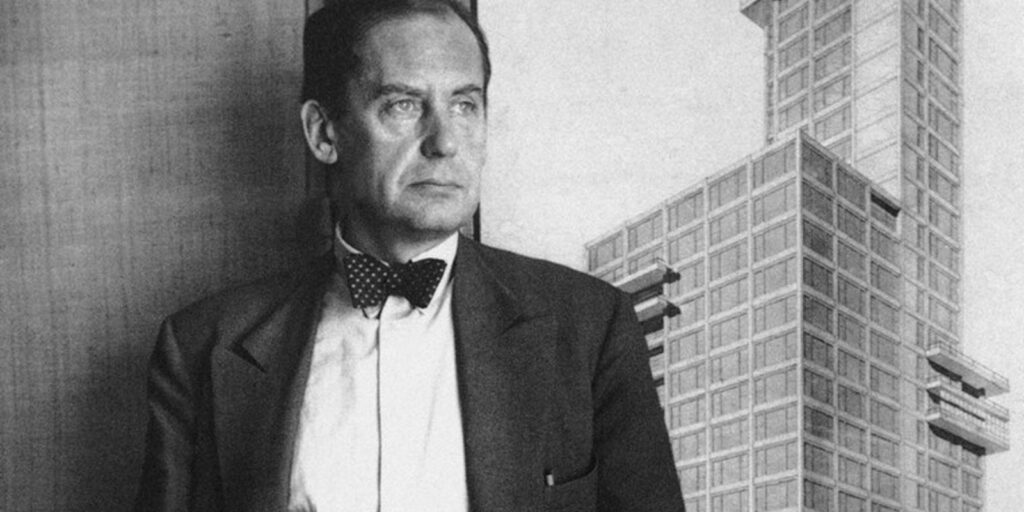
As the founder of the Bauhaus school, Gropius played a crucial role in shaping the avant-garde movement in architecture. He promoted the integration of art, craft, and technology, advocating for a holistic approach to design. Buildings like the Bauhaus Dessau reflect his vision of functional yet aesthetically innovative architecture.
Le Corbusier

A pioneering figure in modern architecture, Le Corbusier advocated for functionalism, geometric forms, and the use of new materials such as concrete. His designs, including the Villa Savoye and the Unité d’Habitation, exemplify the avant-garde spirit of the early 20th century.
Ludwig Mies van der Rohe

Known for his famous dictum “less is more,” Mies van der Rohe was a leading proponent of minimalist architecture. His work, such as the Barcelona Pavilion and the Farnsworth House, emphasised open spaces, clean lines, and the use of industrial materials.
Frank Lloyd Wright
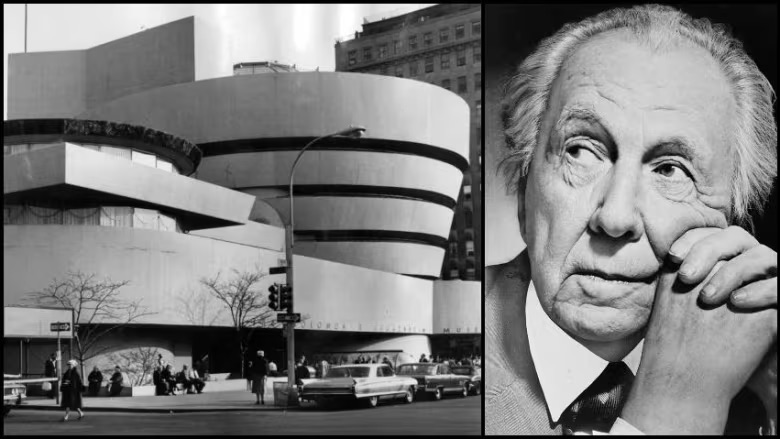
While not always considered part of the avant-garde per se, Wright’s organic architecture and emphasis on harmony with nature align with avant-garde principles. His groundbreaking designs, such as Fallingwater and the Guggenheim Museum, challenged traditional architectural conventions and inspired future generations of architects.
Famous buildings and architecture
Guggenheim Museum – New York City, USA
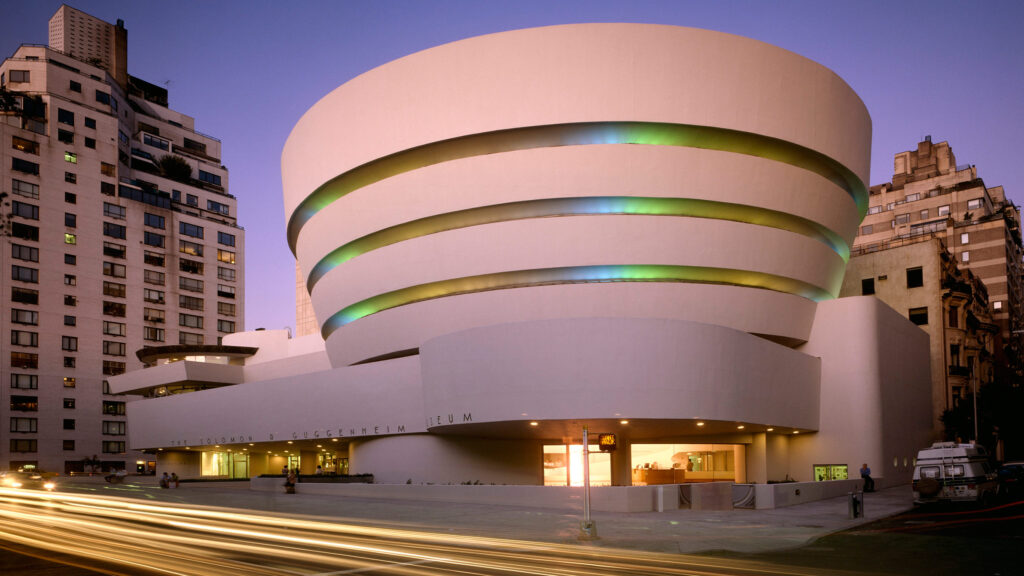
This iconic museum, completed in 1959 by Frank Lloyd Wright, features a revolutionary spiral ramp design that challenges traditional museum layouts. Inspired by the form of a nautilus shell, the Guggenheim provides visitors with a unique spatial experience as they ascend through its galleries. The building’s fluid, organic shapes and use of concrete reflect Wright’s vision of “organic architecture” and his avant-garde approach to blending architecture with nature.
Villa Savoye – Poissy, France

Completed in 1931 by Le Corbusier, Villa Savoye is one of the most influential works of modern architecture. Situated in the outskirts of Paris, this residential villa embodies Le Corbusier’s “Five Points of Architecture,” which include pilotis (supports), flat roof terrace, open floor plan, horizontal windows, and free facade. Its stark white exterior, clean lines, and minimalist aesthetic represent a departure from traditional architectural styles, signalling a new era of functionalism and purity in design.
Barcelona Pavilion – Barcelona, Spain

Originally built for the 1929 International Exposition by Ludwig Mies van der Rohe, the Barcelona Pavilion is renowned for its elegant simplicity and spatial fluidity. Mies van der Rohe’s design features a series of marble and glass planes that seem to float effortlessly, blurring the boundaries between interior and exterior spaces. The pavilion’s minimalist aesthetic and careful attention to materials and proportions make it a quintessential example of avant-garde architecture.
TWA Flight Center – New York City, USA
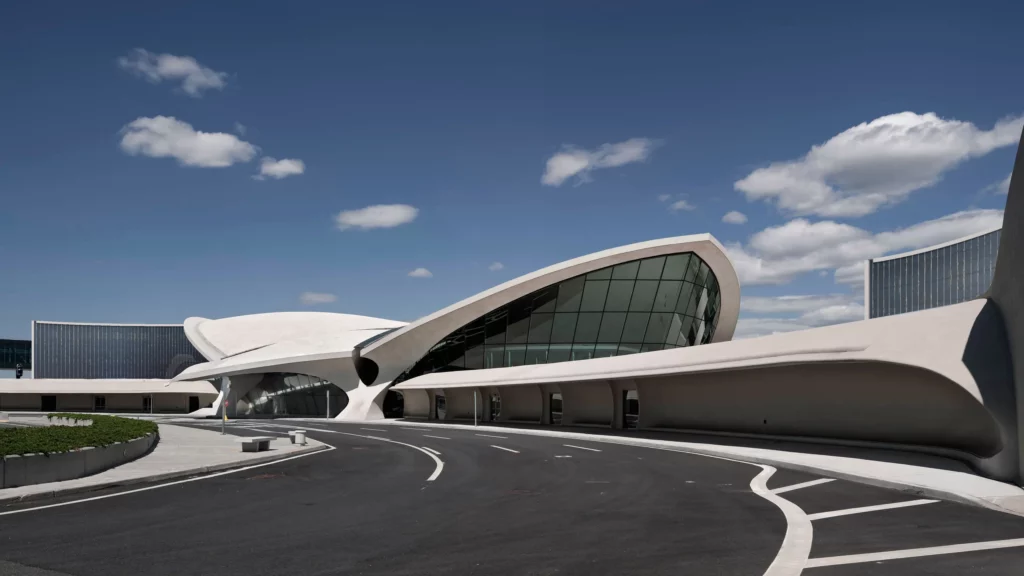
Completed in 1962, the TWA Flight Center at John F. Kennedy International Airport by Eero Saarinen is a triumph of mid-century modernist design. Eero Saarinen’s futuristic terminal features a sweeping concrete shell roof that seems to defy gravity, creating a sense of movement and dynamism. Inside, the terminal’s soaring spaces and innovative use of materials, such as glass and steel, evoke the excitement and optimism of air travel in the Jet Age.
Sources
- “AVANT-GARDE.” Architecture-History.org, https://architecture-history.org/schools/AVANT-GARDE.html.
- “Avant-Garde | MoMA.” The Museum of Modern Art, www.moma.org/collection/terms/avant-garde#:~:text=French%20for%20%E2%80%9Cadvanced%20guard%2C%E2%80%9D.
- Davidson, Justin. “Is There Still an Architectural Avant-Garde?” Curbed, 14 Apr. 2022, www.curbed.com/2022/04/architectural-avant-garde-giovannini-future.html.
- Jagyasi, Prem. “Everything You Need to Know about Avant-Garde Architecture.” Dr Prem’s Life Improving Guide, 17 Aug. 2018, https://drprem.com/guide/everything-you-need-to-know-about-avant-garde-architecture/.
- “Modern Architecture in Spain.” Spain.info, www.spain.info/en/top/avant-garde-architecture/.
- Baird, George (2003). The Space of Appearance. MIT Press. p. 354. ISBN 978-0-262-52343-1.



